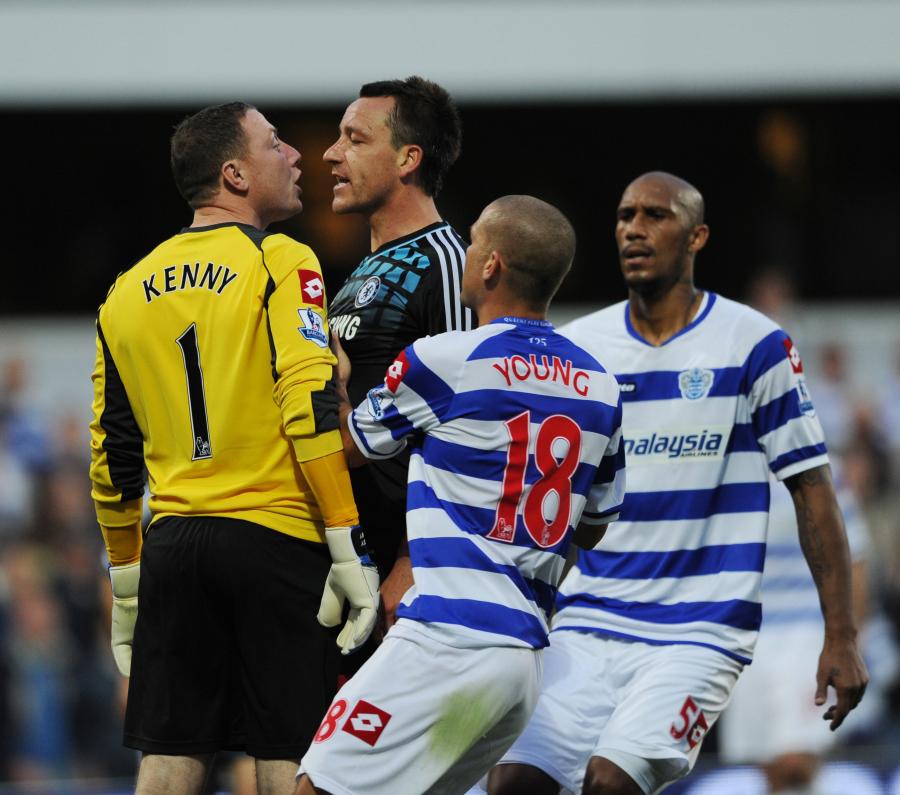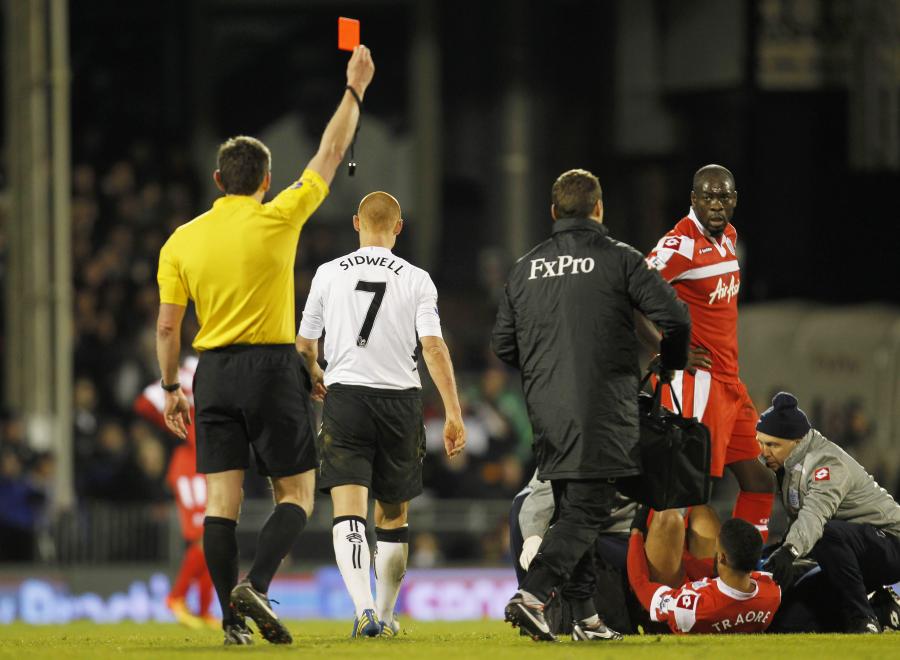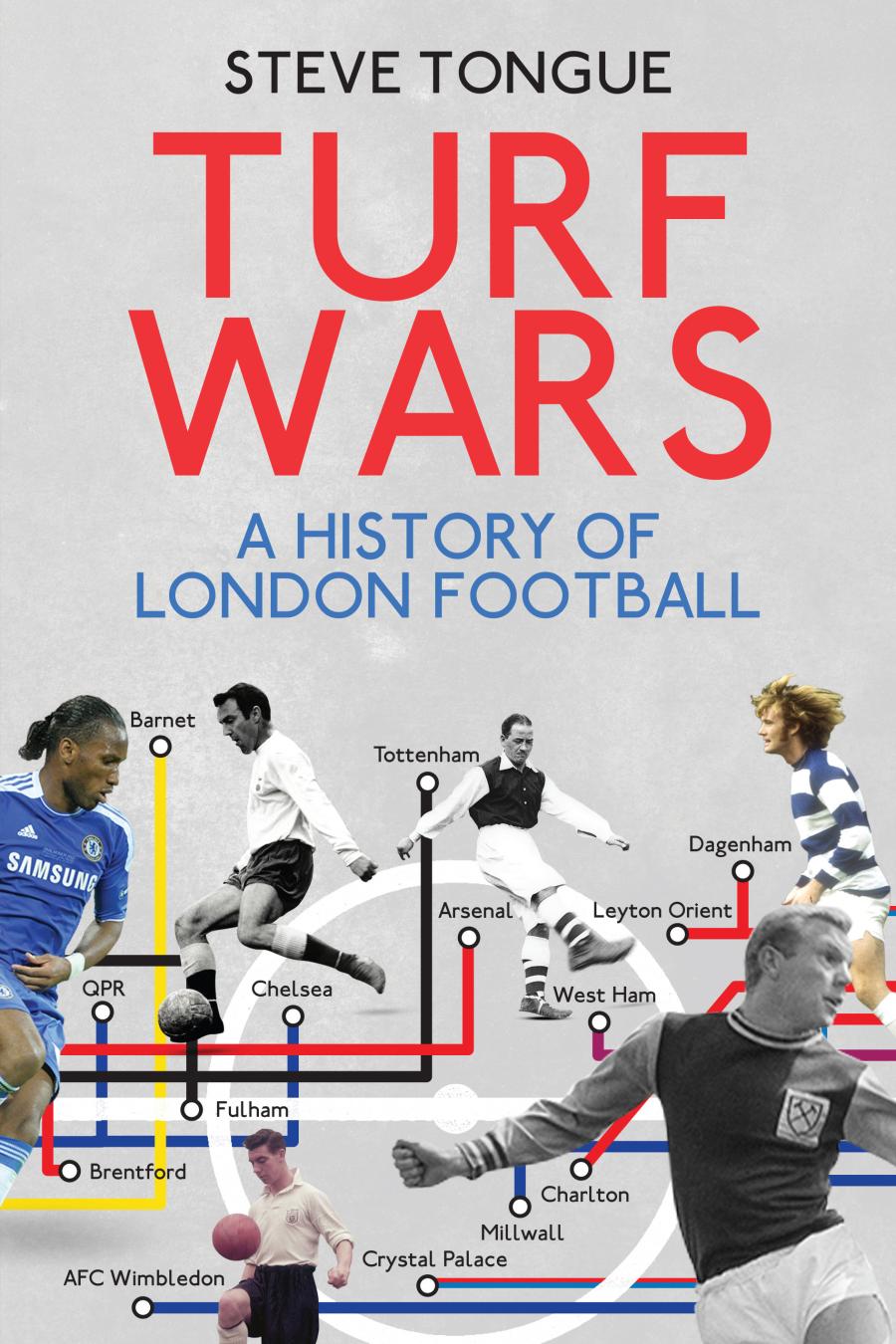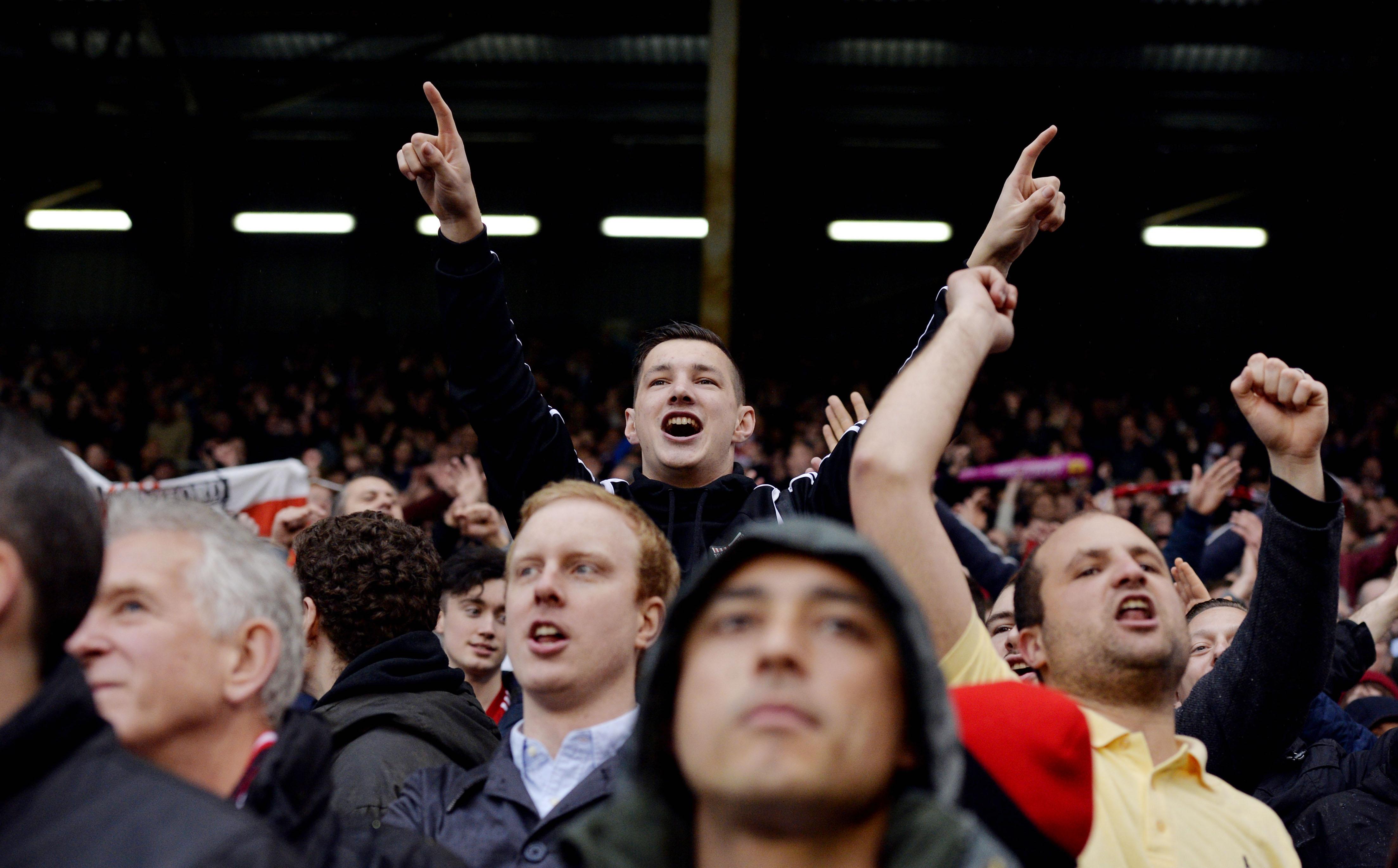While the rivalry between Arsenal and Spurs is well documented, the west London rivalries between Chelsea, Fulham, QPR and Brentford are less thoroughly chronicled.
Which makes Turf Wars, a history of London football, written by broadcaster and journalist Steve Tongue, such fascinating reading.
In the 1890s, Fulham, Brentford and QPR all joined the Southern League, with Fulham the oldest surviving of the current league clubs in west London, having begun in either 1879 or 1880, as a cricket club.
As both Fulham and Brentford joined the Southern League at exactly the same time in 1898, it can safely be claimed as the oldest west London derby and rivalry, though now dimmed by time's advancing years. Twelve months later, the Hoops joined them.
Meanwhile on March 11 1905, Chelsea's 'birth announcement' was carried in The Times after the initial proposal to call the new team Kensington FC fell by the wayside.
As a brand new club which muscled its way into the football league because it happened to have a ground at Stamford Bridge, noses were quickly put out of joint.
Fulham had originally been offered the stadium, but turned it down.
So it was that in December 1910 the first of a long series of hotly contested derbies between Fulham and Chelsea took place.
To the Whites' delight, Fulham won 1-0 at Craven Cottage thanks to a James Smith goal, with Chelsea's Bob Whittingham missing a twice-taken penalty. But in front of 40,000 at Stamford Bridge the following April, the Blues triumphed 2-0.
In 1908, QPR took part in the first Charity Shield, drawing 2-2 with Manchester United (although losing the replay 4-0).
By the 1930s, for a brief spell, Brentford reigned supreme in west London, but all four clubs began yo-yoing, and derbies often ceased to trouble the fixture lists for years on end as the teams rose, fell and often switched places in different divisions.
But in 1955, Chelsea won bragging rights by taking the league title… although it was half a century before the feat was repeated. The average attendance at Stamford Bridge during the 1954/55 season was 48,302 – still unbeaten in the club's history, although that will change in 2020 once the rebuilt Stamford Bridge is fully operational.

Chelsea enjoyed their 'Kings of the King's Road' tag in the Swinging Sixties, but it was also a glam time to be supporting the Rs and the Whites.
Rangers had spent most of the 1950s in the middle or lower half of the Third Division South, but when the Hoops poached twin strikers George Francis and Jim Towers from the Bees (to the fury of Brentford fans), things began looking up.
Fulham, by contrast, were having a poor time of it; a changing pattern that has come and gone for decades.
Meanwhile the Bees, in 1962, became the first club to drop from the First Division to the Fourth in the space of 15 years.
Chelsea went from bliss to near bankruptcy in the 80s, but the bombshell was dropped in 1987 when it was announced in the press that hated rivals QPR and Fulham were to merge, for financial reasons, into a single club based at Loftus Road.
Mercifully the Football League blocked the proposal, and Jimmy Hill set up the consortium that saved Fulham FC.
Chelsea have eclipsed their west London rivals through the 1990s and noughties, thanks to Russian cash, becoming the capital's most successful team ahead of Arsenal and Spurs.
And in the 1990s, QPR looked down on Fulham from a great height… although those positions were rapidly reversed.
In the early 2000s, Fulham paid Rangers £1m a year rent to lodge at Loftus Road while Craven Cottage was upgraded.
Steve Tongue concludes his intriguing look at London's rival teams with a mini league table of his own; a list of which London club came top in which year.
Steve Tongue, who was brought up as a Leyton Orient fan, focuses on inter-club rivalries, peaks and troughs.
Deep down, only fans can fully appreciate and feel the pain and pleasure of beating rivals… abundantly clear as whooping Hoops fans marched home through Bishops Park after nicking a derby game they should never have won against Fulham recently.
In west London, the QPR/Fulham rivalry is the strongest, although Fulham's hatred of Chelsea (patronisingly unreciprocated) is intense.

Of ultimate reassurance to fans of all west London teams is, however, the undoubted fact that fortunes rise and wane, and that – given patience – everyone will eventually enjoy their share of the limelight.
Turf Wars, A History of London Football, by Steve Tongue is published by Pitch Publishing at £9.99

For London's four west London clubs, the key years were:
Chelsea – 1908, 1914, 1915, 1920, 1954, 1955, 1965, 1966, 1968, 1970, 2005, 2006, 2007, 2008, 2009, 2010, 2011, 2013, 2014, 2015
Brentford – 1936
QPR – 1974, 1975, 1976, 1984, 1988, 1993
Fulham – yet to be the top London team
The views expressed in this blog are those of the author and unless specifically stated are not necessarily those of Hammersmith & Fulham Council.

